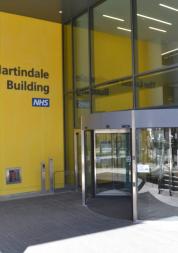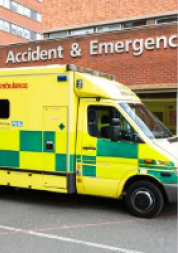Patients share their experiences of using A&E at the Royal Sussex County Hospital
The feedback we have gathered, and described in this report, demonstrates that improvements to A&E are desperately needed.
For the Hospital Trust, A&E is an area of focus: they are aware of the issues and have plans in place or development to tackle the issues; but the size of the department will ultimately constrain any genuine improvements.
Additional space is needed, but in the interim, basic elements need to be addressed:
- a clean environment where patients feel safe
- regularly checking in on patients to ensure they are ‘waiting well’
- keeping them informed, and
- the provision of basic refreshments and comfort
Healthwatch has received feedback on the A&E department at the Royal Sussex County Hospital via our information line, online feedback form and our Hospital Discharge project which was developed as part of the response to COVID-19 (the project supports residents discharged from hospital).
The feedback is often mixed, but overall negative in nature. The feedback detailed in our report has been obtained since September 2021.
We have already shared our feedback with senior leaders at University Hospitals Sussex NHS Trust who are responsible for the Royal Sussex County. We also shared our findings with the Care Quality Commission who subsequently carried out an unannounced inspection on 26 April. You can read our press release here.
The substantive issues raised by the feedback we have obtained are:
- COVID safety: poor social distancing in an overcrowded A&E department.
- Environmental and safety concerns: overcrowding, groups of people coming in together and socialising whilst others were ill, or drunk.
- Staff attitudes (non-medical): sometimes unwelcoming, offhand or rude.
- Lack of privacy: in triage rooms and in corridors.
- Inordinate waits and lack of communications about where people are in the system.
- A lack of pain relief: not provided or offered after triage.
- A lack of refreshments, or comfort breaks: patients not being offered drinks for several hours, with long waits on trolleys without being seen or spoken to by staff
- Insufficient staff to provide care and support: who are often over worked and stressed.
- High praise for medical staff and treatment once seen

